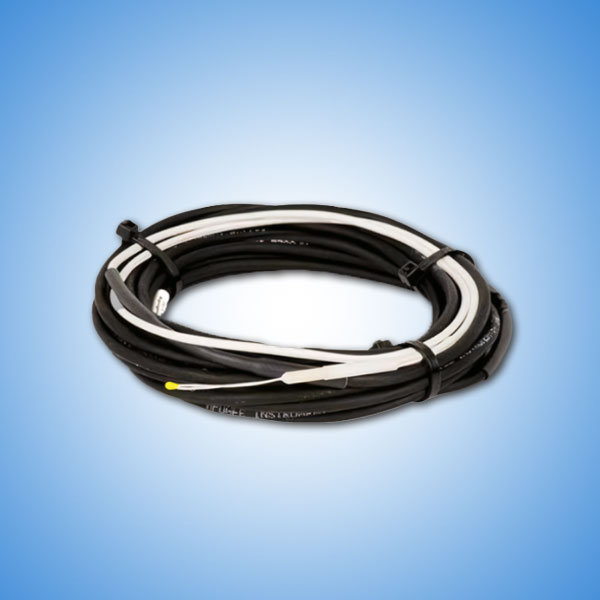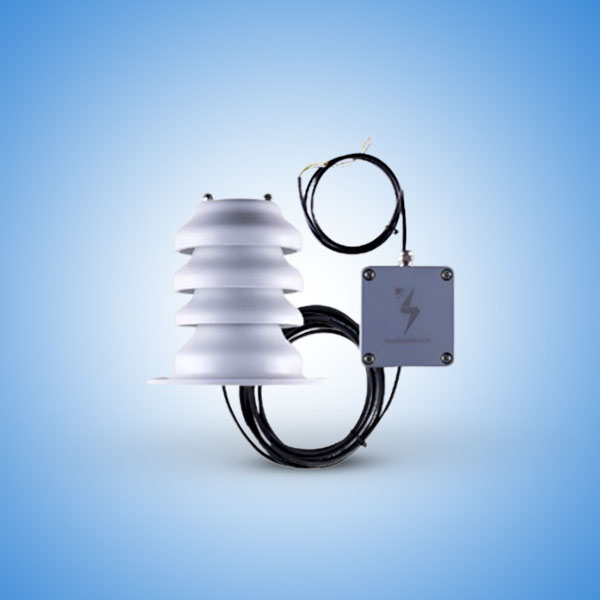Temperature Sensor
A Temperature Sensor is an essential device used to measure heat or thermal energy from a physical source and convert it into readable data. Whether for industrial automation, environmental monitoring, or everyday appliances, a Temperature Sensor ensures accurate and efficient temperature measurement. It is widely used in weather stations, laboratories, medical equipment, and smart homes to keep systems safe and functional.

Frequently Asked Questions
A Temperature Sensor detects the temperature of its environment and converts that information into a signal that can be read or recorded. Depending on the application, Temperature Sensors can be contact-based or non-contact-based, and they can measure temperature in air, liquids, or solid surfaces.
Temperature Sensors play a critical role in maintaining safety, improving performance, and ensuring comfort in countless technologies. From measuring room temperature to monitoring engine heat, they are found everywhere in our daily lives.
A Temperature Sensor works by sensing temperature changes and producing a corresponding electrical signal. The signal is then interpreted by a control system, display, or recording device. Different types of Temperature Sensors operate based on unique physical principles such as resistance, voltage, or infrared radiation.
Common Working Methods:
1. Thermocouples generate voltage based on temperature differences between two metals.
2. RTDs (Resistance Temperature Detectors) use the change in resistance of metal wires to detect temperature.
3. Thermistors are made of ceramics or polymers that change resistance with temperature.
4. Infrared Sensors measure emitted infrared radiation to detect surface temperature without contact.
1. Thermocouples
- Fast and durable
- Widely used in industry and scientific research
2. RTDs (Resistance Temperature Detectors)
- Very accurate
- Common in laboratory and HVAC systems
3. Thermistors
- Sensitive and compact
- Found in medical and consumer devices
4. Infrared (IR) Temperature Sensors
- Contactless measurement
- Useful in food safety, industrial and surface temperature checks
5. Digital Temperature Sensors
- Provide data in digital form
- Easy to integrate with microcontrollers and smart systems
Each Temperature Sensor type has its advantages depending on application, required accuracy, and environmental conditions.
Temperature Sensors are used in a wide variety of fields:
1. Weather Stations – Monitor air temperature for climate data
2. Medical Devices – Thermometers, incubators, and patient monitoring
3. Industrial Automation – Control machinery and ensure safe operations
4. Food and Beverage – Check cooking and storage temperatures
5. Smart Homes – Manage HVAC systems and comfort levels
6. Automotive – Monitor engine temperature and cabin environment
Whether in high-end manufacturing or household appliances, Temperature Sensors ensure systems run smoothly and safely.
1. Accurate Measurement – Delivers real-time, precise temperature readings
2. Efficiency and Safety – Prevents overheating and system failures
3. Cost Savings – Supports energy-saving by optimizing heating or cooling
4. Automation Friendly – Easily integrated with digital systems and controllers
5. Wide Compatibility – Can be used in a range of environments and devices
From industrial machines to smartphones, a Temperature Sensor plays a silent yet crucial role.
Before selecting a Temperature Sensor, consider the following:
1. Measurement Range – Check the minimum and maximum temperatures
2. Accuracy Requirements – Some applications demand more precise readings
3. Sensor Type – Choose based on contact or non-contact needs
4. Installation Environment – Is the area clean, wet, high-pressure, or mobile?
5. Output Type – Analog, digital, or signal-based to match your system
The correct Temperature Sensor ensures optimal performance and reliability in your application.
To keep your Temperature Sensor working efficiently:
1. Clean Regularly – Especially in dusty or high-moisture environments
2. Calibrate Periodically – Ensure accuracy over time
3. Check Connections – Loose or corroded wires can cause errors
4. Follow Manufacturer Guidelines – For storage, usage, and handling
Proper care extends the life of your Temperature Sensor and ensures consistent results.

























